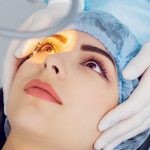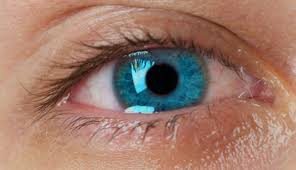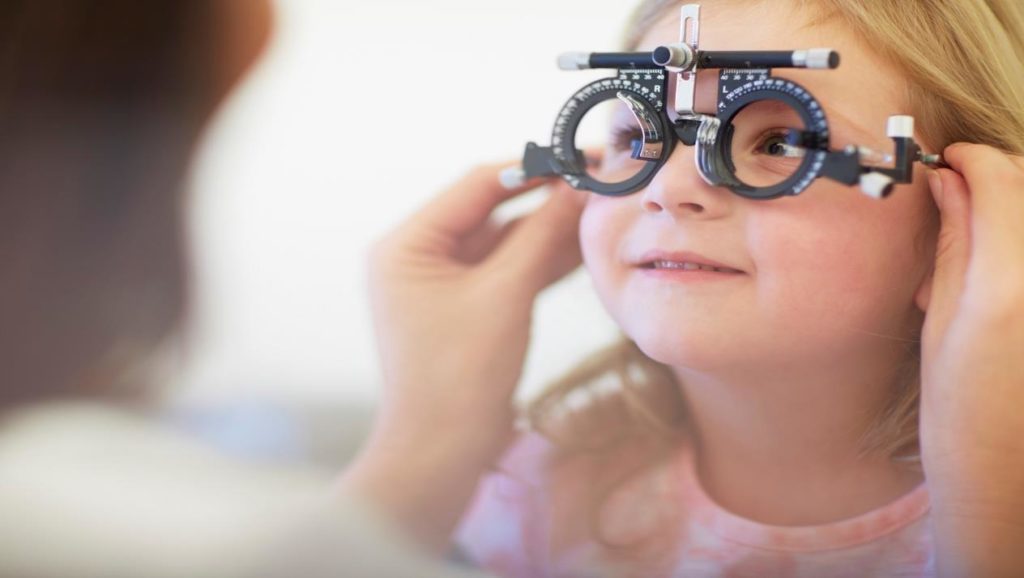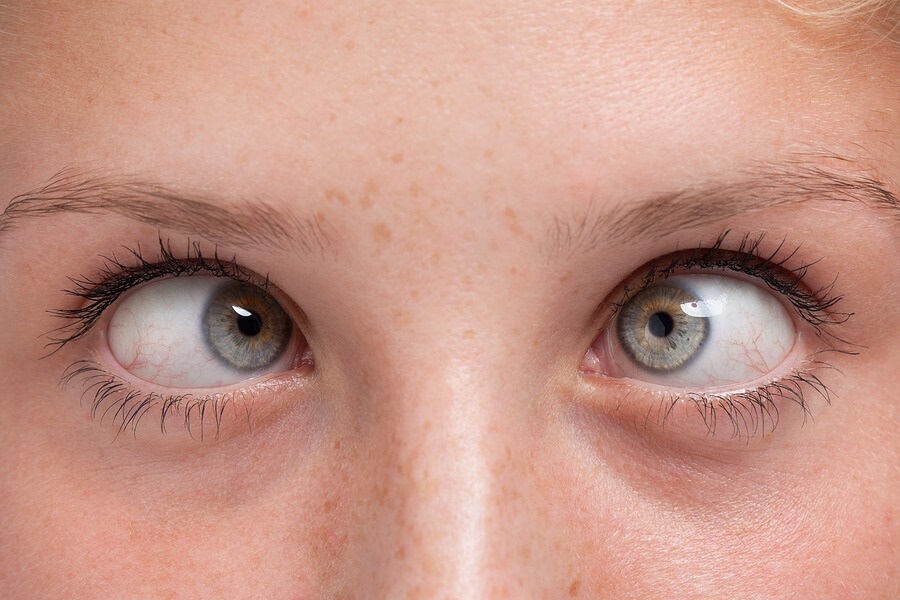
LASIK is a laser vision correction procedure that can correct nearsightedness, farsightedness, and astigmatism, thereby reducing or eliminating the need for glasses or contact lenses. LASIK is considered to be a safe, accurate, and permanent procedure.
Your First Step Towards Freedom from Glasses and Contacts
 You’ll begin your LASIK experience with a free consultation. First, you’ll have some preliminary eye tests and evaluations, then you’ll meet with Dr. Kenneth Miselis, our LASIK Surgeon. Dr. Miselis will get to know you, your eyes, your health, and determine if you are a candidate for the procedure. This is a great opportunity to get a feel for our office, the staff, and your surgeon.
You’ll begin your LASIK experience with a free consultation. First, you’ll have some preliminary eye tests and evaluations, then you’ll meet with Dr. Kenneth Miselis, our LASIK Surgeon. Dr. Miselis will get to know you, your eyes, your health, and determine if you are a candidate for the procedure. This is a great opportunity to get a feel for our office, the staff, and your surgeon.
Afterward meeting with Dr. Miselis, you’ll meet with our LASIK Counselor, who will further discuss the procedure, and answer any questions or concerns you may have. If you decide to schedule the procedure, your LASIK Counselor will be available to you from start to finish.
Why is it called High Definition Custom LASIK?
It is called High Definition Custom LASIK because every procedure we do is a customized for each patient. First, we begin with creating an individualized treatment plan at your pre-op appointment. To develop your customized treatment plan, we use state-of-the-art diagnostic equipment to examine your eyes and obtain highly accurate measurements. This customized treatment plan ensures very precise surgical outcomes for our LASIK patients.
Next, we perform a test using wavefront technology Every patient’s cornea is completely unique, like a fingerprint. The wavescan scans the front of the eye and generates a 3D model of the cornea and the lens. Dr. Miselis will use the results to identify and treat tiny visual imperfections called higher-order aberrations. Therefore, we are able to zero in on and correct these unique, microscopic imperfections that cannot be corrected with glasses or contact lenses. That is why High Definition Custom LASIK at Heritage Eye, Skin & Laser Center is truly a customized and much more effective treatment.
What is the procedure like?
 LASIK is typically a painless procedure. Before the procedure, you’re given medication to help you relax. Numbing eye drops are applied to your eyes to prevent any discomfort during the procedure. Although you may feel some pressure on your eye, the laser portion of the procedure is painless.
LASIK is typically a painless procedure. Before the procedure, you’re given medication to help you relax. Numbing eye drops are applied to your eyes to prevent any discomfort during the procedure. Although you may feel some pressure on your eye, the laser portion of the procedure is painless.
LASIK is also a very quick procedure. The actual laser portion of the treatment only takes 20-50 seconds.
The procedure is a three-step process. First, Dr. Miselis creates a small hinged flap on the cornea. Second, Dr. Miselis folds the flap back and reshapes the cornea with the laser. The cornea is reshaped so that it can focus light precisely and evenly. When the cornea is the right shape, it is able to produce crisp, sharp vision. Lastly, Dr. Miselis closes the flap.
Who would be considered a good candidate?
 Over 94% of the eligible population are good candidates for LASIK. A good candidate is someone who is over 18 with a stable prescription (for at least one year). In addition, it is also important to have corneas that are thick enough. We measure the thickness of your cornea when you come in for the consultation. If your cornea is too thin or you have corneal scarring, there may be other vision rejuvenation procedures with different requirements.
Over 94% of the eligible population are good candidates for LASIK. A good candidate is someone who is over 18 with a stable prescription (for at least one year). In addition, it is also important to have corneas that are thick enough. We measure the thickness of your cornea when you come in for the consultation. If your cornea is too thin or you have corneal scarring, there may be other vision rejuvenation procedures with different requirements.
There are certain conditions and factors which can increase your risk of an undesirable outcome or limit optimal results. These include:
- Chronic dry eyes
- Too thin or irregular corneas
- Large pupils
- High refractive error
- Women who are pregnant or nursing
- Unstable vision
- If you have certain degenerative or active autoimmune disorders
Recovery and Results
 For the recovery period, you will need a ride home after the procedure. In addition, you will also need to wear protective eye shields while sleeping for a couple of weeks after the procedure to protect your eyes while they heal. Lastly, you will need to use anti-inflammatory eye drops, antibiotic eye drops, and artificial tears to keep your eyes well moisturized.
For the recovery period, you will need a ride home after the procedure. In addition, you will also need to wear protective eye shields while sleeping for a couple of weeks after the procedure to protect your eyes while they heal. Lastly, you will need to use anti-inflammatory eye drops, antibiotic eye drops, and artificial tears to keep your eyes well moisturized.
As a result, most of our patients experience better vision almost immediately after having High Definition Custom LASIK. Your vision will continue to improve over the next few months as your eyes stabilize.
Ultimately, the majority of our patients achieve 20/20 vision or better. In addition, the procedure frequently produces an improvement in overall visual clarity when compared with glasses and contacts.
If you would like a LASIK Consultation, please call our office at 209.465.5933 or call our LASIK Department directly at 209.932.0220.
Social Media
Find us on:
Facebook YouTube Google Reviews Yelp











